Like its predecessor, it is the fastest 50mm full-frame macro lens currently available. It adopts the same optical construction of 8 elements in 6 groups, complete with “floating elements” — elements that move in relation to the focus distance — to improve optical performance at close range. Minimum focus is 9.45” (24cm), with a maximum magnification of 1:2 (half life-size).
While the optical design hasn’t been altered from the original, it has new lens coatings and maintains the all-metal barrel, complete with smooth coverings on the focus and aperture collars on the Nikon mount version, somewhat externally reminiscent of the Otus models in design. Unlike the Otus models, however, the Milvus range has weatherproof sealing, and you can “de-click” (using the supplied tool) the aperture collars on the Nikon models when you want to shoot video.
The lens remains quite large, featuring a 67mm accessory thread, and measuring 3.18 x 2.87” (81 x 73mm). The new lens is also relatively heavy, weighing 1.45 lb (660g). It is available now at around $1,285, the same price as the earlier version.
We’ve analyzed the lens across a range of F-mount models, including the full-frame 36-Mpix Nikon D810, and are delighted to share the results.
Measurements: Excellent image quality
Tested on the full-frame 36-Mpix Nikon D810, the Zeiss Milvus 2/50M achieves a high DxOMark lens score of 41 points, an excellent score for a lens like this. Although a macro, its f/2.0 maximum aperture and 50mm focal length means it’s a natural choice for a multitude of disciplines.
It has high sharpness, with good uniformity across the field when wide open. However, on stopping down, the sharpness improves centrally between f4-5.6, but the outer field remains much the same until f/8, where the performance improves slightly. It is most uniform at f/11; however, sharpness is limited somewhat by the effects of diffraction when coupled with the Nikon D810.
The lens has some lateral chromatic aberration, but as it’s limited to the extreme corners (throughout the aperture range), it’s extremely well-corrected overall.
Transmission at T2.2 (0.3EV above the full aperture value) is good; however, vignetting is relatively high, peaking at –1.5Ev in the extreme corners at the maximum aperture (though it is absent by f/4). The lens exhibits a little higher-than-expected distortion, but given the lens speed, it’s still low.
Zeiss Milvus 2/50M ZF2 vs. Zeiss Makro-Planar T* 2/50 ZF2 vs. AF-S Micro Nikkor 60mm f2.8G ED: New model has the edge in performance
The Zeiss Makro-Planar T* (the forerunner of this lens) is a highly-regarded model, but the enhancements in the coatings on this new version appear to be justified. There are some slight improvements over the old model, such as increased transmission, and although visually similar, the new model has lower vignetting in the extreme corners only. Chromatic aberration is also slightly lower at every aperture, which is good news for users of high-resolution cameras, and better still peak sharpness levels have improved. This is most notable at full aperture and at f/2.8, where the Milvus is noticeably sharper in the outer field (though this is less apparent by f/4). By f/5.6 and onwards, the new model has similar sharpness to the old model across the field, though it improves on its predecessor with respect to astigmatism. — Not that its predecessor suffered unduly in that regard, but overall, the Milvus represents a significantly improved performance. No wonder Zeiss didn’t feel compelled to redesign the optical formula.
Against the current Micro-Nikkor, which is more modestly priced at around $550, the Milvus is a much more convincing performer. By all accounts, the Nikkor AF model with a sonic-type motor (SWM) has a good reputation optically but it’s not as strong a performer as its predecessor, the AF Micro-Nikkor 60mm f/2.8D, introduced in 1993. While sharpness isn’t everything in a lens, it’s pretty important in a macro and so, too, is the suppression of chromatic aberration. The Milvus wins hands-down on both counts. It is sharper at every aperture — though in fairness, it is close when stopped down to f/11. Further, the Milvux has far lower chromatic aberration across the field. The Nikkor even has higher distortion, which is unusual for a macro typically designed for copy work.
Conclusion
Nikon users looking for a 50-60mm macro are reasonably well-served by the Nikkor model. It has AF and performs well when stopped down, but there can be little doubt, based on optical quality, that the new Zeiss Milvus is the model to choose. It has superior sharpness at and close to full aperture, and it has minimal lateral chromatic aberration. Users may also prefer the Zeiss for its mechanical construction: not just for its higher-quality build, but because the inclusion of an aperture collar with mechanical controls is still highly desirable in a Nikon mount macro lens (and one of the reasons why the older AF-D type Micro-Nikkor is still sought after).
While the current Micro-Nikkor has the advantage of being a true macro (going to 1:1 unaided), as a G-type model it dispenses with an aperture ring and thus mechanical control of the aperture (unlike the Milvus). Nikon’s current range of extension tubes and bellows hasn’t been updated in decades and aren’t of any use on the new G-type models. If Nikon were to update them — adding at least electronic contacts for aperture selection — it would be a different story. But even then it wouldn’t detract from the Milvus 2/50M’s excellent performance.


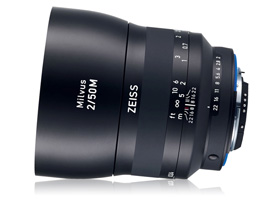


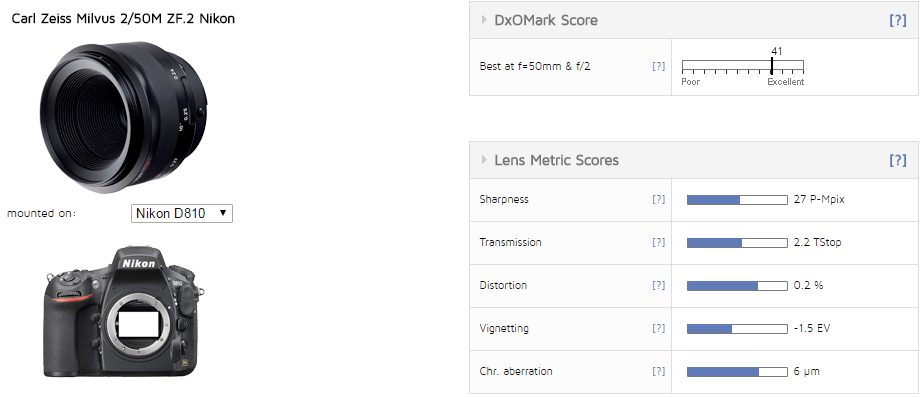
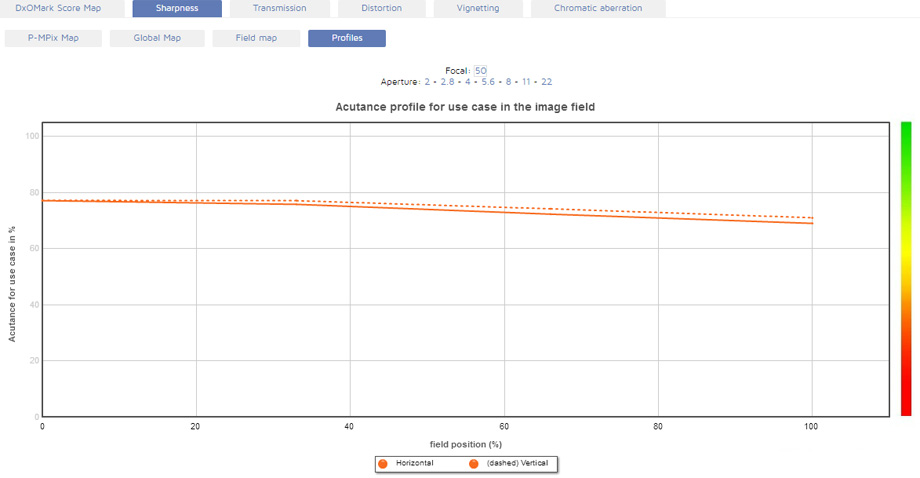
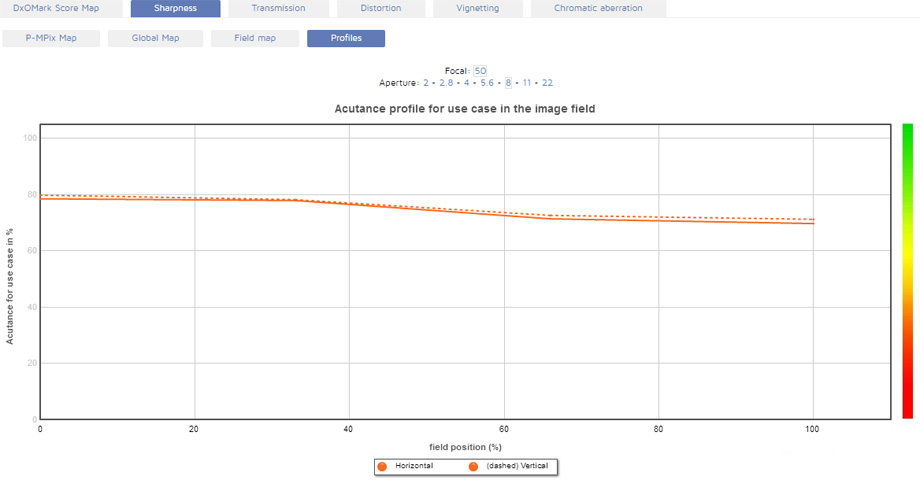
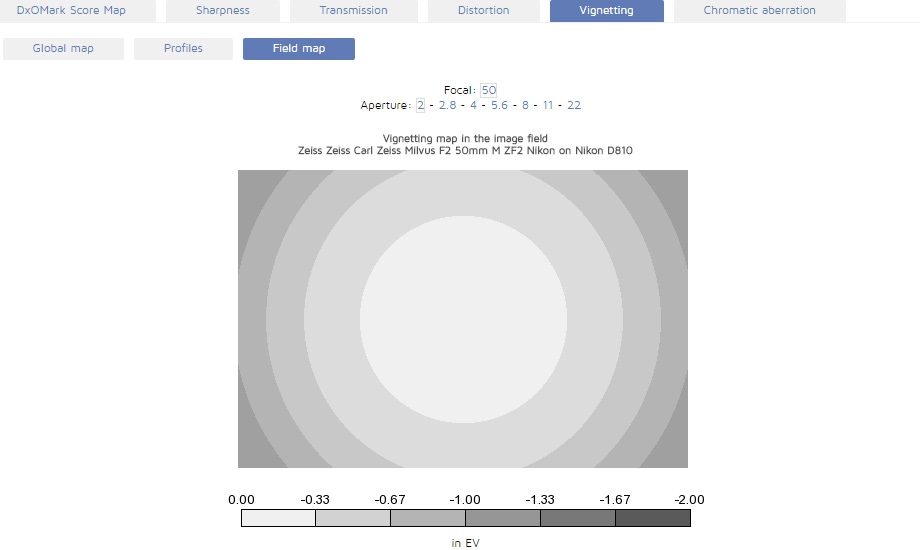
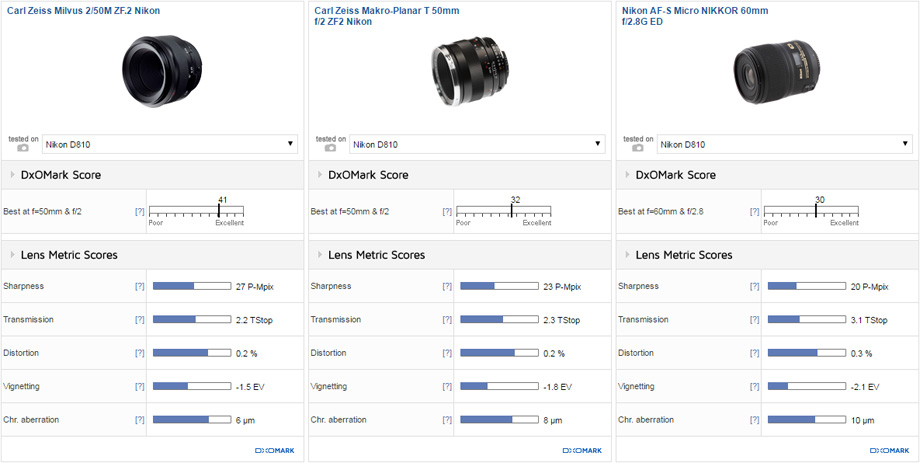
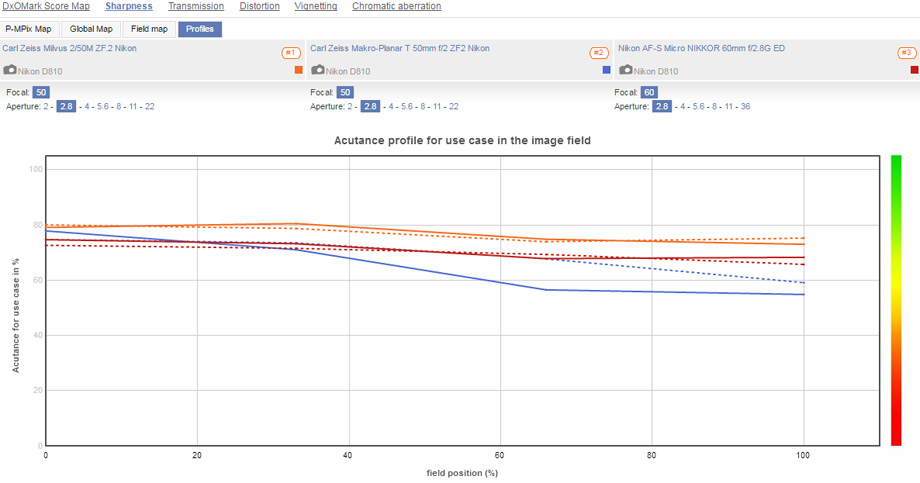
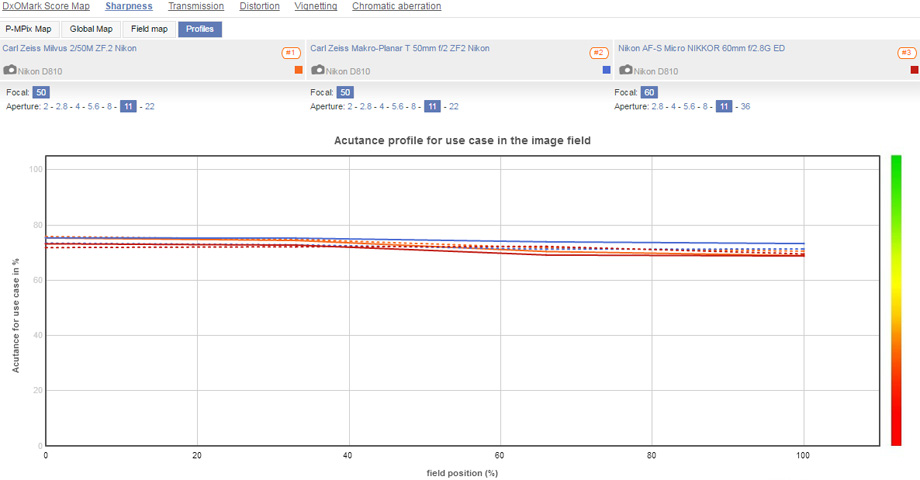
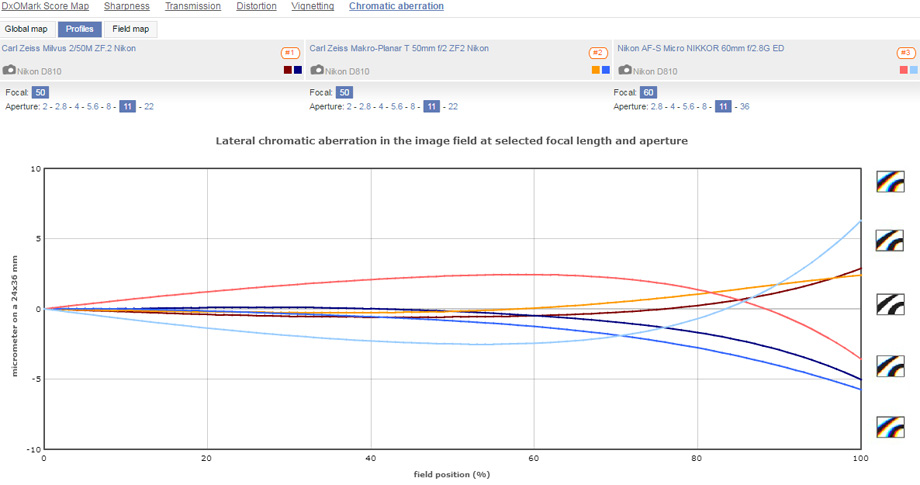
DXOMARK encourages its readers to share comments on the articles. To read or post comments, Disqus cookies are required. Change your Cookies Preferences and read more about our Comment Policy.